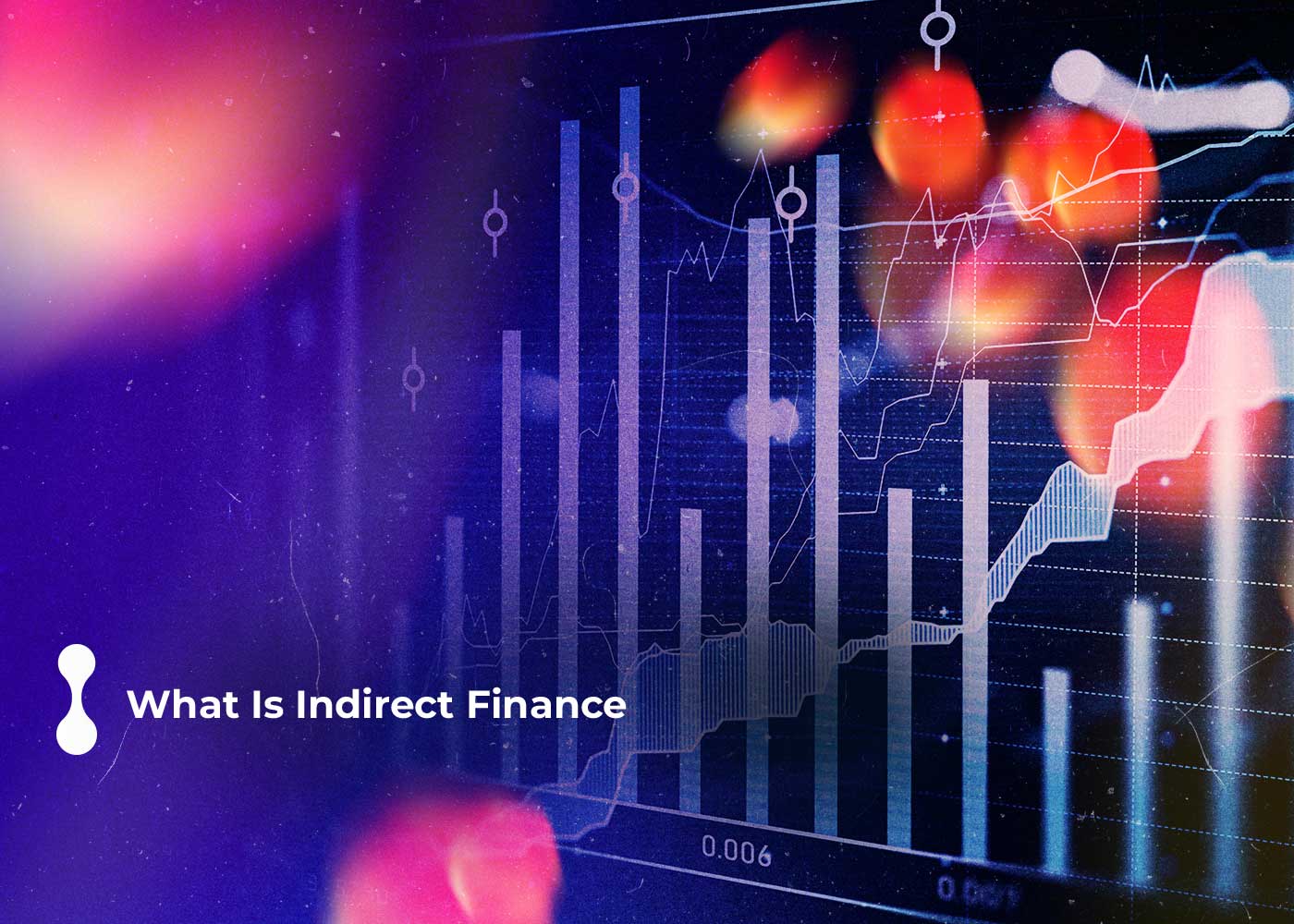Indirect finance is an invaluable economic tool that helps businesses in various industries access the capital they need to succeed. This type of financing, also known as Vendor Financing or Third-Party Financing, enables business owners to purchase materials, equipment, and services on credit from suppliers while leveraging relationships with various banks and other financial institutions. Through this process, SMEs (small and medium enterprises) can expand operations quickly without assuming large debts at once. In this article, we’ll explore indirect finance in greater detail so that you can decide whether or not it’s the right solution for your organization’s needs.
Indirect Finance: What Is It?
Indirect finance is an essential concept for businesses to understand. In a nutshell, indirect finance refers to an arrangement in which a business deals with a financial intermediary to get funding from other companies or lenders. This type of financing requires less paperwork than traditional options and usually involves lower interest rates and fees. Furthermore, indirect finance can often be combined with other traditional funding sources for increased flexibility. By understanding how indirect finance works, businesses can tap into new opportunities and make their finances work for them.

Direct vs Indirect Finance
Direct finance and indirect finance differ in several ways, including:
- Nature of intermediation: With direct finance, hard-earned money flows directly from savers to borrowers. Alternatively, indirect financing entails a twofold process in which financial entities such as banks, insurance firms, and pension funds act as intermediaries between the depositors and recipients of the money.
- Type of financial instruments: When it comes to financing, savers can opt for direct investment in financial instruments such as stocks, bonds, and securities. Alternatively, they may choose indirect investment through various options facilitated by intermediaries like savings accounts, certificates of deposit, and mutual funds.
- Level of risk: Unlike indirect finance, which can provide investors with some level of risk-sharing and diversification, direct finance tends to be much more high-risk as it directly exposes them to the risks associated with their investments.
- Control over investment: Direct finance empowers investors with expanded control over their investments and permits them to make decisions on the financial assets they want to invest in. In contrast, when it comes to indirect finance, investors are typically restricted by a lack of autonomy as intermediaries decide where their money will be invested.
- Costs: Direct finance can be more economical than indirect financing since it eliminates intermediary fees and commissions. Yet, direct funding may necessitate a higher level of financial proficiency and incur high transaction fees.
Overall, both direct and indirect finance play important roles in the economy, and the choice between them depends on the specific needs and preferences of savers and borrowers.
